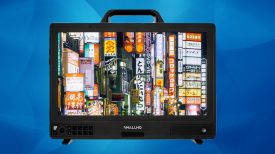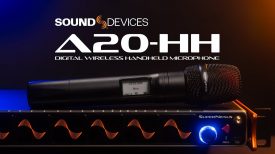
Australia-based Jason Wingrove is an award-winning director and cinematographer who will be no stranger to regular followers of this blog. He owns and uses a Sony FS7 for his international TV commercials, corporate & drama work. This week he has been lucky enough to get his hands on the Panasonic Varicam LT and these are his first impressions. Jason stresses that though these initial thoughts are based on a hands-on with the camera, he hasn’t yet shot with it:
My first impressions are that this is quite an interesting camera. It feels like a cross between a Sony FS7 and ARRI Alexa Mini. The body is sturdier and simpler than the FS7 and is very close to being perfect. Although not intended to replace the larger Varicam 35, the LT seems to address many of the issues I had with its larger brother while carrying over most of the attributes I liked.
It has its flaws, but like its predecessor it has its inventive side.
Likes.
Size and weight:
This is obviously much improved over the larger brother. This camera is clearly aimed at episodic or documentary shooting.
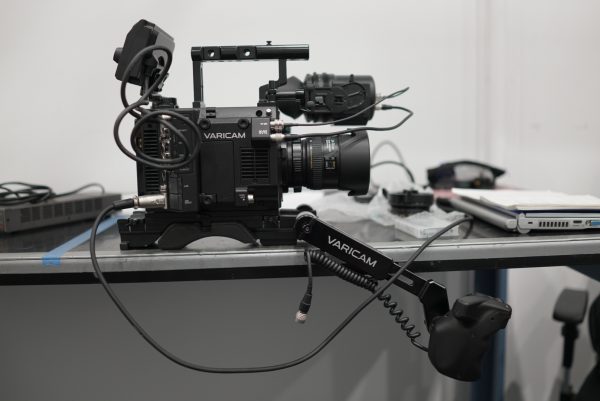
Build quality:
Heavier than, say, an FS7, but not crazy heavy. I think the extra weight is justifiable given the super solid construction. I know which camera would come off best after an accidental drop. The Panasonic OLED EVF, mount, top handle, handgrip and bottom shoulder/rod mount were all very solid and professional. The FS7 is a bit of a let down in the EVF construction and mount department. Clearly the Panasonic EVF adds a lot to the cost of the camera but you definitely get what you pay for here.
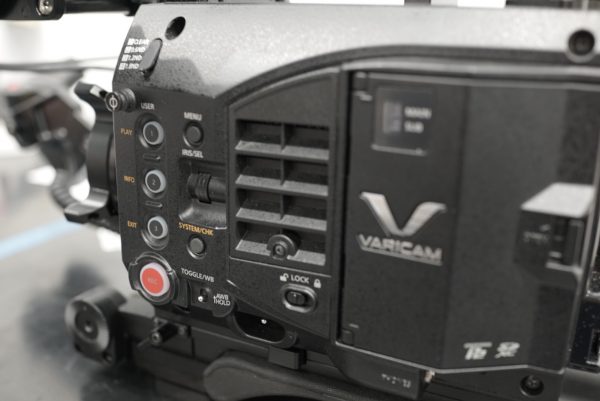
Uncomplicated / adjustable grip:
Though not included as standard with the camera, the Panasonic handgrip was comfortable and easy to adjust. It has a nice simple layout and attaches by ARRI rosette. A few essential buttons (including of course run/stop) without so many you accidentally touch one every time you pick the camera up. Also, the grip arm’s telescoping and adjustment are tool-less – a nice touch.
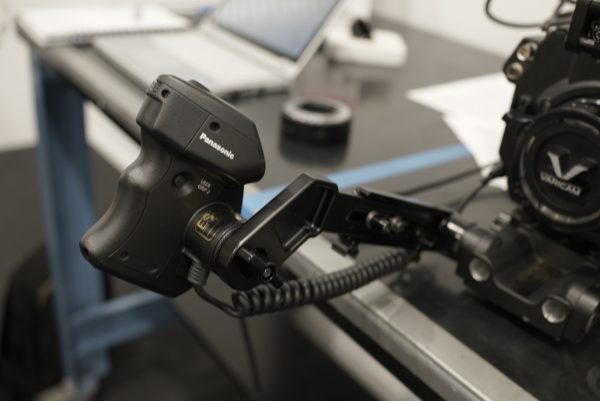
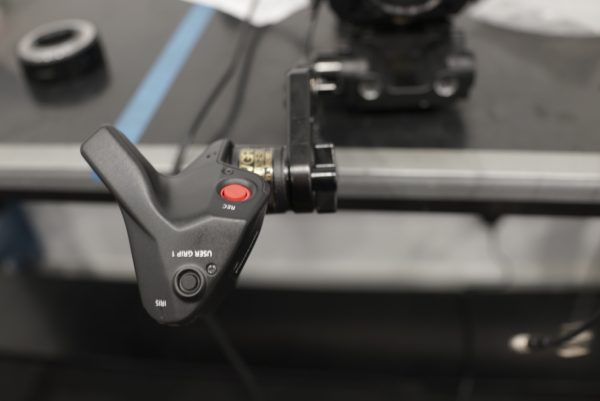
ND filters:
The inclusion of a built-in rotating neutral density filter wheel similar to the F55/FS7 (2, 4 & 6 stop) is very welcome and must be considered essential equipment on all new cameras. (Are you listening back there, BlackMagic?)
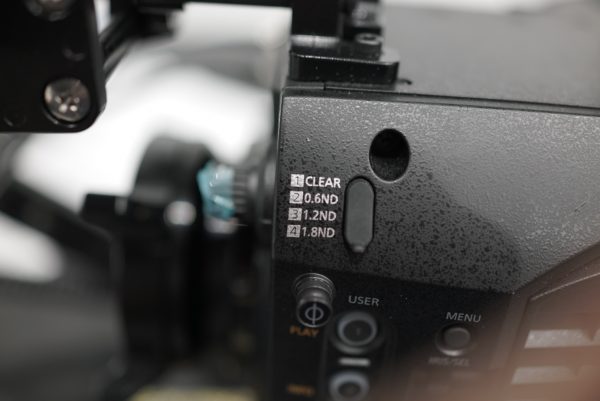
Menu Panel:
The detachable wired touch / menu panel is brilliant and is a direct carry-over from its larger sibling. On the LT it does not dock into the body like the full sized Varicam 35. It sits on a very nice movable bracket at the rear. Like the 35 this touch screen can also be an onboard monitor. I’d love to see more manufacturers offer something like this.
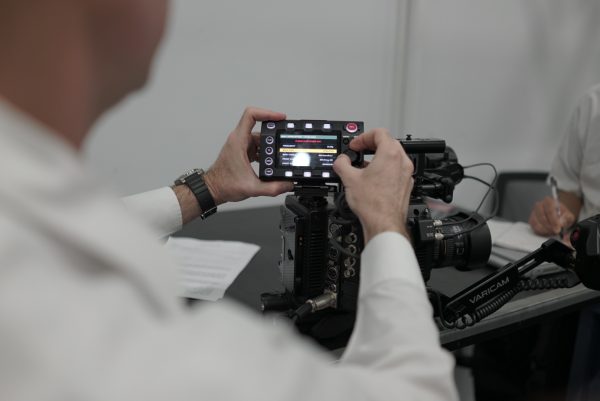
Interchangeable mounts:
The Varicam 35 only offered PL mount at launch but thankfully the LT offers field-swappable PL or active EF mounts. The contacts allow the camera to see lens data and give image stabilisation for Canon EF lenses. Did someone say Speedbooster mod?
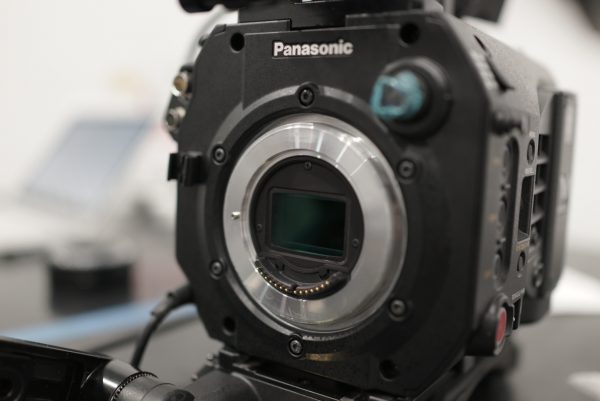
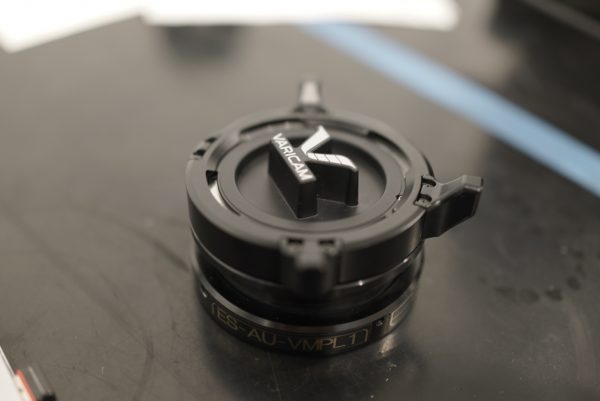
DC outs:
The camera uses standard AB or V-lock battery plates on the rear for power. They usually have a D-tap and the camera also has one 12v Hirose similar to the one on the Sony F5/55. There is also a DC output up front to power the EVF. I would have liked extra power taps but there are many third party power distribution blocks and AB ‘sandwich’ style plate adapters from the likes of Movcam, Wooden Camera and Solid Camera if you need more.
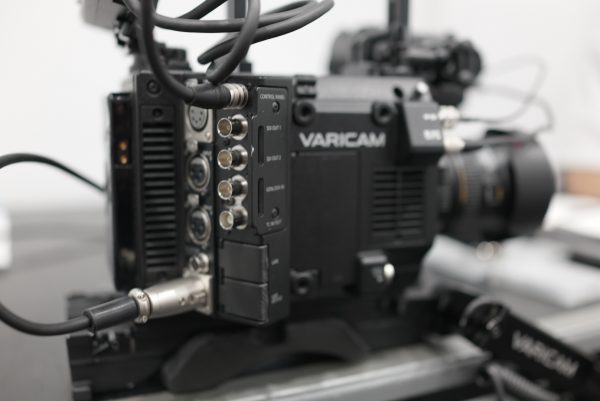
EVF:
As mentioned, the EVF has great build quality. With a non-proprietary plug and cable they have wisely given you the option to use many decent third party EVFs such as the Zacuto Gratical or Alphatron. These are usually cheaper than the Panasonic one and this would reduce the cost of getting up and running. It also means that you can use the LT’s EVF on other cameras. EVF mounting was solid, tight and very adjustable.
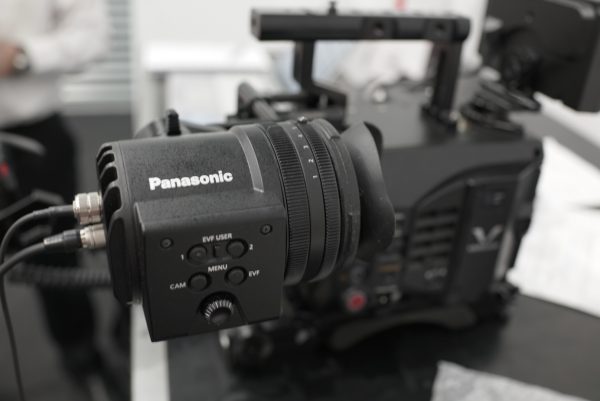
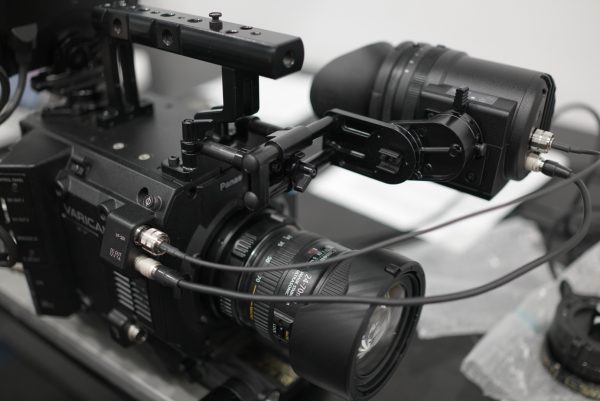
Other ins and outs:
There are plenty here including timecode. This is something the camera does natively, whereas the Sony FS7 requires the expensive XDCA expansion pack to do this. The LT also has a five pin audio XLR and dual mono XLRs, Genlock, ethernet, USB and wi-fi.
Dislikes
Cropped slowmo:
I can understand the thinking behind the 240 frames per second slow motion modes which crop down the image to a Super16 size instead of utilising the full sensor. I get that the quality of the resulting image may be better, but it won’t be to everyone’s liking. It would have been great to see an un-cropped HD option for slow motion like the Sony FS7. Panasonic do listen and I would love to think they would implement this if possible.
Dual ISO:
This a great idea in theory, so it’s not entirely a ‘dislike’. I have only had limited pre-production experience with the camera, but I found it somewhat noisy in the higher 5000 ISO mode. When I say noisy I mean relative to my FS7 which is easily clean up to 10,000 ISO if not beyond. (Edit – check out Jason’s comments below for updated information on this subject)
Well, that’s not much in the dislikes department, really. I think once the camera hits the streets the pricing will be acceptable, especially when you consider the impressive build quality.
Like everything it comes down to personal preference. All cars will get you from A to B, but people will naturally prefer one brand over another for their own reasons, such as price, build, speed or options. No camera is perfect but the LT adds another choice and for those brand-loyal to Panasonic this will be a very welcome option. Perhaps the stiffest competition to this camera comes from the used market where there are many excellent Sony F5 and F55s around. Apart from being bulkier (though not much) they are in many ways a match for the LT. Many are still going strong and can be bought for a song.
I would like to thank Mathew Alexander, Product Marketing Manager for Panasonic Australia for access to the camera.
Jason Wingrove is a Sydney based Director and Cinematographer. You can see his work at http://www.wingrove.film and follow him on twitter @wingrove.



